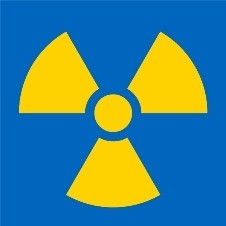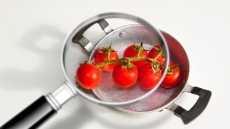EC prolongs radiation controls on Japanese food imports

The European Ombudsman, who probes accusations of bad practice maladministration, also closed an investigation against the European Commission (EC) which had faced charges that it had failed to give proper information on permitted radiation levels in food in the wake of the nuclear disaster.
Three months
The EC confirmed heightened control measures on food and feed shipped from Japan would now stay in place for a further three months beyond the end-of-September deadline.
The measures will then be reviewed on a monthly basis starting in January 2012, said the Standing Committee on the Food Chain and Animal Health (SCoFCAH).
Under the current regime, imports from 12 Japanese prefectures have to be accompanied with safety certificates and be subject to random testing at EU borders. An early warning system also requires importers to give competent authorities in the bloc two days’ notice of a consignment’s arrival.
“In particular, all food and feed products coming from these 12 prefectures have to be tested for the presence of iodine-131, caesium-134 and caesium-137 before leaving Japan,” said the EC, as it once again stressed the risk from Japanese imports was very low.
Shipments from the remaining 35 prefectures have to be accompanied by a declaration indicating the prefecture of origin, before being randomly tested upon arrival in the EU.
Ombudsman investigation
The European Ombudsman, P. Nikiforos Diamandouros closed an investigation on the clarity of information provided by the EC maximum permitted radiation levels in foods following the Japanese accident six months ago.
He acted after receiving a number of complaints about the EC’s “lack of information concerning changes made to maximum levels”.
In the initial weeks following the accident EU maximum levels were higher than those in Japan. However, a few weeks later the acceptable maximum levels of certain radioactive elements in food and feed; namely iodine-131, caesium-134 and caesium-137, were cut to match those imposed by the Japanese Government.
Officials said the measure was a precautionary one and had been adopted to match new lower levels introduced by Japanese authorities.
Diamandouros applauded Brussels co-operation with the investigation and said he was satisfied with their explanation
To read the Ombudsman’s decision and see the full EC clarification click HERE





















